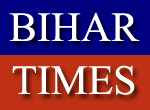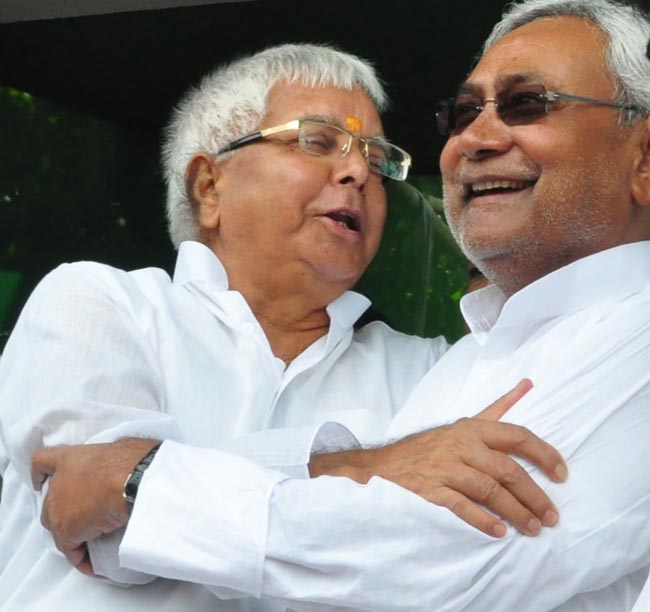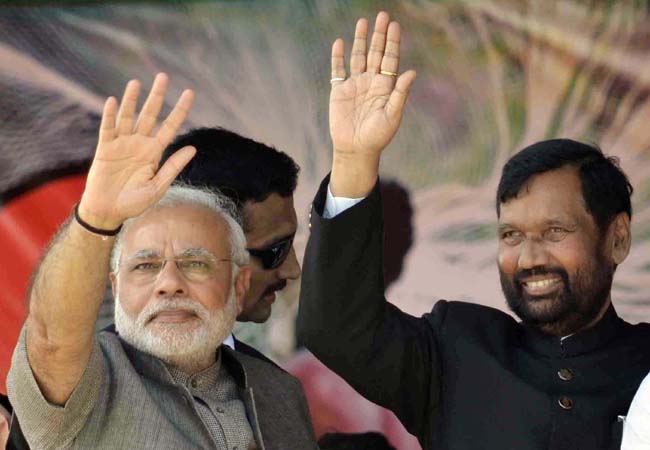|
12/04/2015 Janata Parivar vs Sangh Parivar: The battle ahead is not so easy |
Patna,(BiharTimes): If Peoples Democratic Party and Bharatiya Janata Party can make strange bedfellows in the sensitive state of Jammu and Kashmir, one does not need to doubt the re-union of two estranged ‘brothers’––Bade Bhai and Chote Bhai––into the same Janata Parivar.
Initially, it was feared that the joining of Ram Vilas Paswan-led LJP would cause a chemical reaction and would harm the prospect of the BJP; but it did not happen. So the man, who used to call BJP the Bharat ‘Jalao’ Party is now the Union food minister. Some analysts argue that Yadavs would not whole-heartedly go with Nitish Kumar as they had suffered a lot in his regime. But when a Yadav who had suffered most––Lalu Prasad––has, perhaps, for his own larger interest, forgotten and forgiven all what had happened to him in the past why would his castemen be so much antagonistic towards the present CM. The BJP bigwigs or ‘small-wigs’ are aware that Yadavs are a political caste, and thus would certainly go with the party, which is going to win. After being out of power for a decade they may not lose any opportunity to bounce back and throw their lot behind the new merged party. According to the post-poll study by CSDS, 64 per cent Yadavs voted for the RJD-Congress combine while 18 per cent for Narendra Modi as he was nationally emerging as a powerful candidate for the post of PM. But this time the case may be different. In the state Assembly elections, it has often been noticed that Yadavs in rural pockets mostly go against the party which the Bhumihars back. True the Mandal era divide is not so sharp, yet voting on caste lines can not be entirely ruled out. The biggest problem with the BJP is that Narendra Modi factor may not be so effective this time. The Delhi election result has halted the winning spree of the saffron party and the rank and file are a bit jittery. In contrast the new party of Samajwadis apper to be rejuvenating. But they have their own quota of problems in the form of Pappu Yadav and Jitan Ram Manjhi. There is a small comfort for those upper castemen, who still support Nitish Kumar. They are aware that though Lalu’s political influence would be there, he is not going to become the chief minister as he had been convicted. They are aware that the Mandal era aggressiveness is over and both Nitish––as well as Lalu––would try to rein the hotheads within their rank.
The BJP would wish to see erosion of Dalit votes in JD(U)-RJD camp because of the Manjhi factor. But the BJP is still hopeful of the EBC votes. It got 53 per cent in 2014, while the JD(U) and RJD-Congress combine 18 and 10 per cent respectively––thus 28 per cent in total. The area of worry for the BJP-led alliance is the Muslim votes, which is not likely to be divided much. In 2014 as high as 64 per cent voted for the RJD-Congress combine. This is double than in 2009 and 2010 Lok Sabha and Assembly polls. So even if the BJP manages to woo some Muslim votes an overwhelming percentage of them may go for the new merged party. Muslims form 16.9 per cent of total population of the state. The BJP is sure of retaining the upper caste hold. As high as 78 per cent voted for it in 2014. Still Nitish may try his level best to remove the fear of Lalu and win more votes than a year back. But all these are speculations and the battle ahead may be different.
| |



